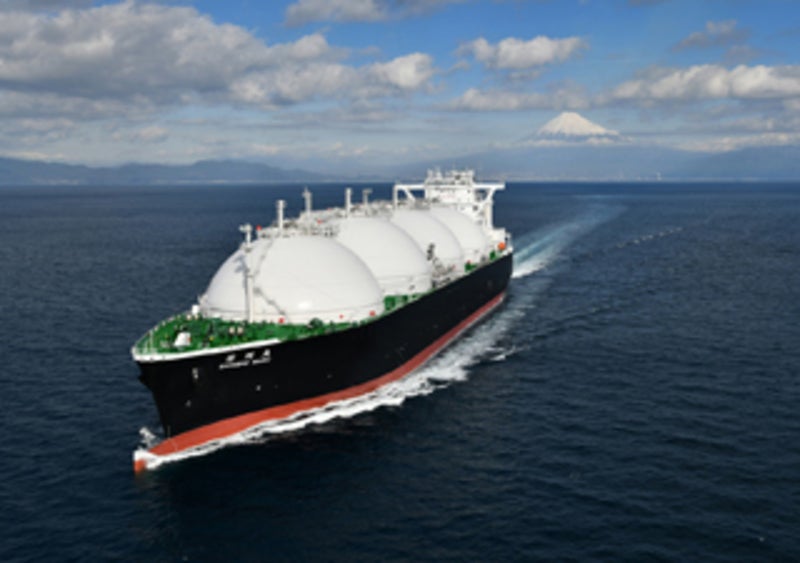
Kawasaki Heavy Industries has delivered the new liquefied natural gas (LNG) transport vessel, Shinshu Maru, for use by Trans-Pacific Shipping.
Trans-Pacific Shipping is a joint venture (JV) between JERA and Nippon Yusen Kabushiki Kaisha (NYK Line). The JV will own the vessel.
NYK will be responsible for ship management of the new Shinshu Maru, which has a 177,000m³ capacity.
Shinshu Maru is the second of Kawasaki’s line of 177,000m³-capacity LNG carriers to be commissioned.
It has been designed to enable passage through the newly expanded Panama Canal, which opened for full operations in 2016.
JERA will use the vessel for the transportation of LNG procured through the Freeport LNG Project in the US for a period of 20 years.
The vessel’s standard LNG carrier hull dimensions will enable it to dock at major LNG terminals across the globe while offering larger cargo tanks for increased transport capacity.
This enables shipowners to reduce LNG transport costs and facilitate more flexible LNG trade operations.
The hull structure of Shinshu Maru has been optimised by Kawasaki to decrease overall ship weight.
Kawasaki also made improvements to the hull-shape design and adopted a two-motor, twin-screw propulsion system.
The LNG carrier is integrated with a dual-fuel diesel (DFD) electric propulsion system, which increases fuel efficiency at all speeds.
Shinshu Maru is equipped with four independent Moss LNG tanks for a total cargo capacity of 177,277m³. The tanks feature a thermal insulation system that adopts the Kawasaki Panel System developed in-house.
A double-hull and double-bottom design protect the cargo tank section so that the LNG tanks within would remain safe and undamaged even if the carrier’s hull sustains damage.



